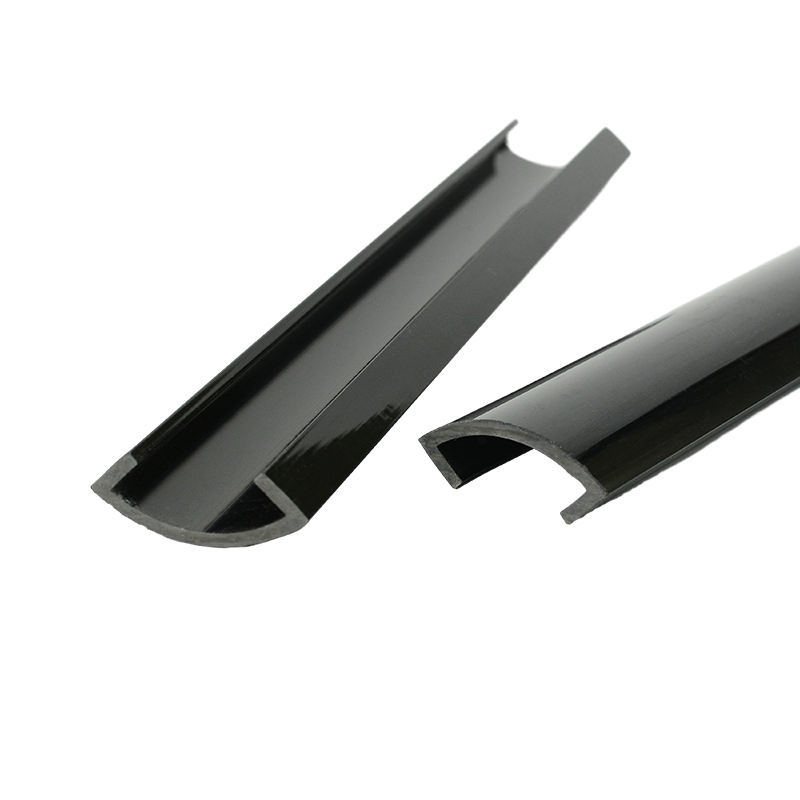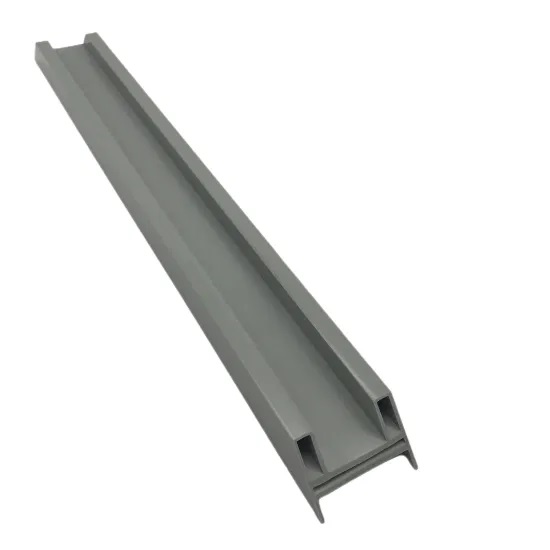
Phone Number :
12 24, 2024
When it comes to home improvement and construction projects, the right finishing touches can make all the difference. One such essential product that has gained significant popularity is the building plastic trim strip. These versatile trims serve both functional and aesthetic purposes, offering an easy, durable solution for enhancing the look and feel of any space. Whether you're working on an indoor renovation or an outdoor construction project, building plastic trim strips are an ideal choice. Here's why:
What Are Building Plastic Trim Strips?
Building plastic trim strips are strips of durable, lightweight plastic material used to finish the edges of walls, ceilings, floors, windows, and doors. These trims are typically designed to cover gaps between different surfaces and provide a neat, clean look. They also help protect surfaces from wear and tear, moisture damage, and dirt buildup.
Made from materials like PVC (polyvinyl chloride), these trim strips are strong, resistant to moisture, and highly customizable in terms of color, size, and design.

Why Choose Building Plastic Trim Strips?
1.Durability and Resistance
Building plastic trim strips are incredibly durable. Unlike wood or metal, plastic trims are resistant to warping, cracking, and rotting, making them perfect for both indoor and outdoor use. Their ability to withstand moisture, humidity, and UV exposure ensures that they will maintain their appearance and functionality for years, even in harsh conditions.
2.Weatherproof for Outdoor Use
For outdoor applications, plastic trim strips offer excellent resistance to the elements. Whether it's rain, snow, or intense sun, these trims hold up against environmental wear and tear. Whether you're working on outdoor siding, garden fencing, or decking, building plastic trim strips provide long-lasting protection without fading or deteriorating.
3.Low Maintenance
One of the standout benefits of plastic trim strips is their low maintenance requirements. Unlike wood trim, which may require periodic painting or sealing, plastic trims are virtually maintenance-free. They don’t need to be painted, stained, or sealed, and are easy to clean with just soap and water.
4.Aesthetic Appeal
Building plastic trim strips come in a variety of styles, from sleek and modern to more traditional designs. They can be used to add subtle elegance or bold contrast to any space. The clean, sharp lines of plastic trims offer a refined, polished look to any interior or exterior setting.
For indoor use, plastic trim strips can be used in a variety of applications, such as framing windows, doors, or baseboards. They can also be used for finishing wall panels, cabinets, or countertops.
For outdoor use, they are ideal for trimming around windows, doors, and even outdoor furniture. Whether it’s a modern patio or a rustic garden shed, building plastic trim strips can provide the perfect finishing touch.

5.Cost-Effective Solution
Plastic trim strips are a more affordable option compared to metal or wood trims. When you're working within a budget, these trims offer significant savings without sacrificing quality. Their low installation costs further enhance their affordability, making them a popular choice for both contractors and DIY enthusiasts.
6.Ease of Installation
Installing building plastic trim strips is a straightforward process. Most trims come with adhesive backing or can be easily attached with screws or nails. Many plastic trim strips also come in pre-measured lengths, making it simple to cut them to the desired size. Whether you’re a professional contractor or a DIY enthusiast, plastic trim strips offer a hassle-free installation experience.
Applications for Building Plastic Trim Strips
1.Interior Spaces
In the home, plastic trim strips can be used in kitchens, bathrooms, living rooms, and bedrooms. They can frame windows, doors, baseboards, cabinets, and countertops. Their ability to resist moisture and mold makes them particularly popular in kitchens and bathrooms, where these issues are common.
2.Exterior Projects
On the exterior, plastic trim strips are often used in siding installations, window frames, door trims, and deck railings. They provide a waterproof seal, preventing water from entering vulnerable areas of your home or building. They also work well in areas exposed to UV rays, such as on fences, garden structures, and patio furniture.
3.Commercial Spaces
In commercial buildings, plastic trim strips can be used in a variety of ways, including framing windows, doors, and partition walls. The durability of the material ensures that it can withstand high traffic areas, while its low maintenance requirements make it ideal for businesses that want to minimize upkeep.
How to Choose the Right Building Plastic Trim Strip
When selecting building plastic trim strips, consider the following factors to ensure you choose the best option for your project:
Material Quality: Look for high-quality, UV-resistant plastic to ensure longevity, especially for outdoor use.
Size and Shape: Choose a trim strip that complements the design of the space. There are different sizes and profiles available to match both modern and traditional aesthetics.
Finish: You can opt for matte, gloss, or textured finishes depending on your preference and the application area.
Installation Type: Some trim strips come with adhesive backing, while others require screws or nails. Choose one that best suits your installation method.
Conclusion
Building plastic trim strips are an excellent choice for anyone looking to add style and durability to both indoor and outdoor spaces. Their versatility, low maintenance, and long-lasting performance make them a go-to option for a wide range of projects, from home renovations to commercial builds. With the right choice of plastic trim strips, you can elevate the appearance and functionality of any space while keeping the installation process simple and cost-effective.
Whether you’re a professional contractor or a DIY enthusiast, building plastic trim strips offer a reliable and affordable solution for any construction or renovation project.